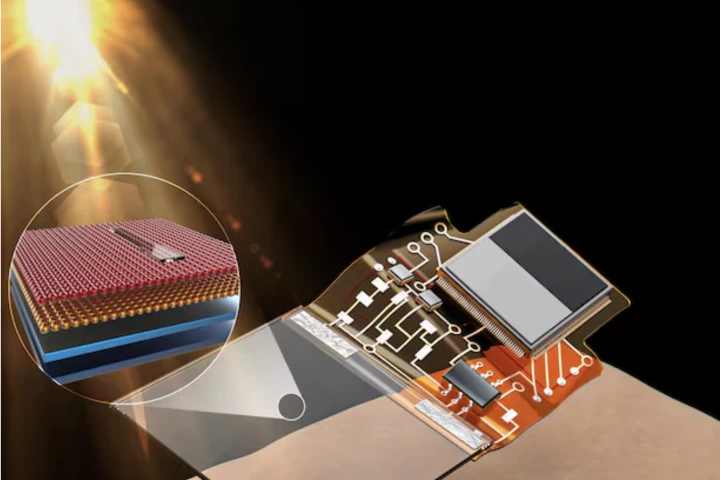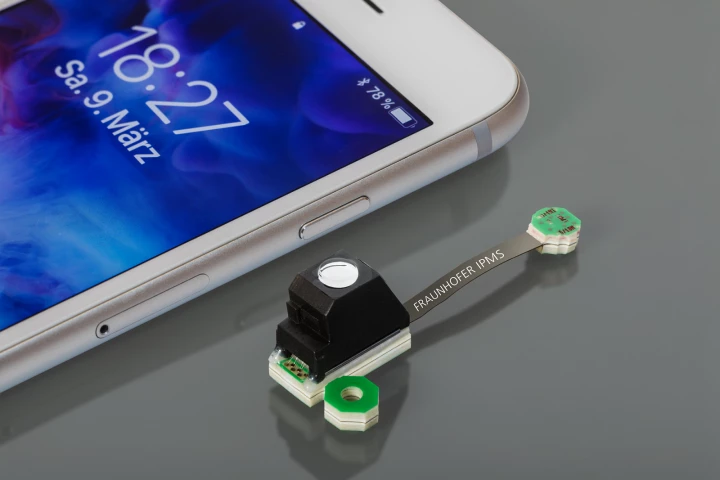Light Sensors
-
Scientists have developed a fully transparent skin sensor that accurately measures UV radiation, detecting light and converting it to electrical signals. So before the sun's rays reach damaging levels, a phone alert lets users know it's time to cover up.
-
Scientists have hacked the meaning of a "light meal," creating microlasers that use natural products to emit beams through food. They're also completely safe to eat. It's the first demonstration of laser emission from an entirely edible system.
-
Is your scarf really made from cashmere? Is that necktie truly silk? Such questions may soon have an easy answer via a pass with your cell phone's camera thanks to a tiny near-infrared spectroscopy system developed by researchers in Germany.
-
Researchers have built an artificial retina out of perovskite materials that can detect light in a similar fashion to the human eye. In tests, the device was even able to recognize handwritten numbers with a high degree of accuracy.
-
Researchers at Dartmouth College have developed a sensing system called LiSense that aims to make the light around us "smart." Not only does it use light to sense people’s movements, but it also allows them to control devices in their environment with simple gestures.
-
Cameras using a molybdenite light sensor could be five times more light-sensitive than is currently possible.
-
The NAO headlamp automatically balances light and battery life.
-
A new portable hyperspectral sensor, which can detect over 1,000 colors, can be used to detect environmental contaminants in real time.
-
The Beep-It optical theremin produces eerie tones when exposed to various light sources.
-
Scientists at the University of Bonn have brought new meaning to the phrase "light-hearted" with the discovery of a way to cause arrhythmia in the heart cells of mice using only blue light and a sensor in the cell wall.
-
Apple has added a US$1000 27-inch LED model to its Cinema Display range, slotting it in between the USD$800 24-inch LED Cinema Display and range-topping USD$1800 30-inch HD Display.
-
Innovative Converged Devices has unveiled a new 15in touchscreen tablet, the Vega
Load More










